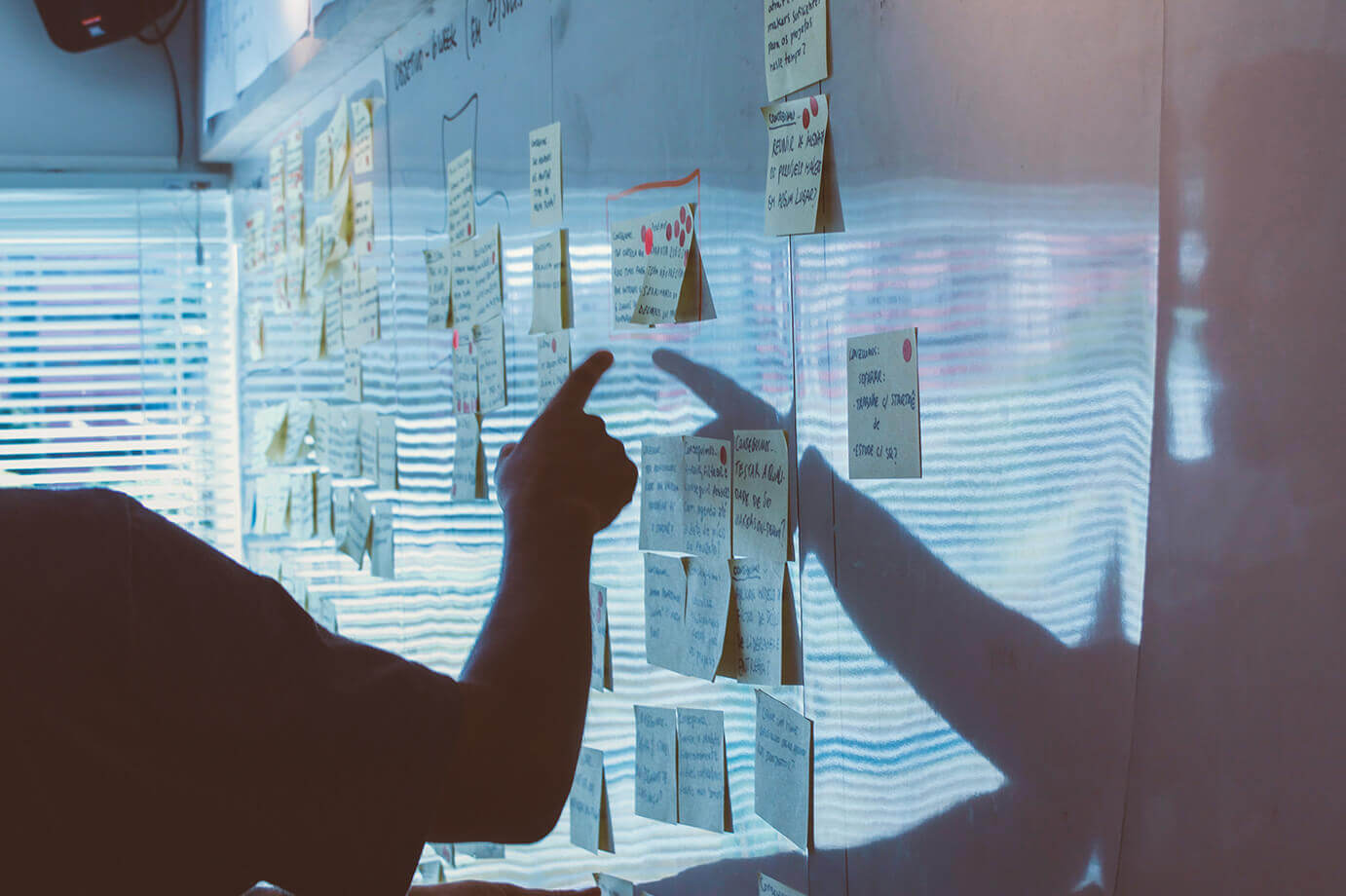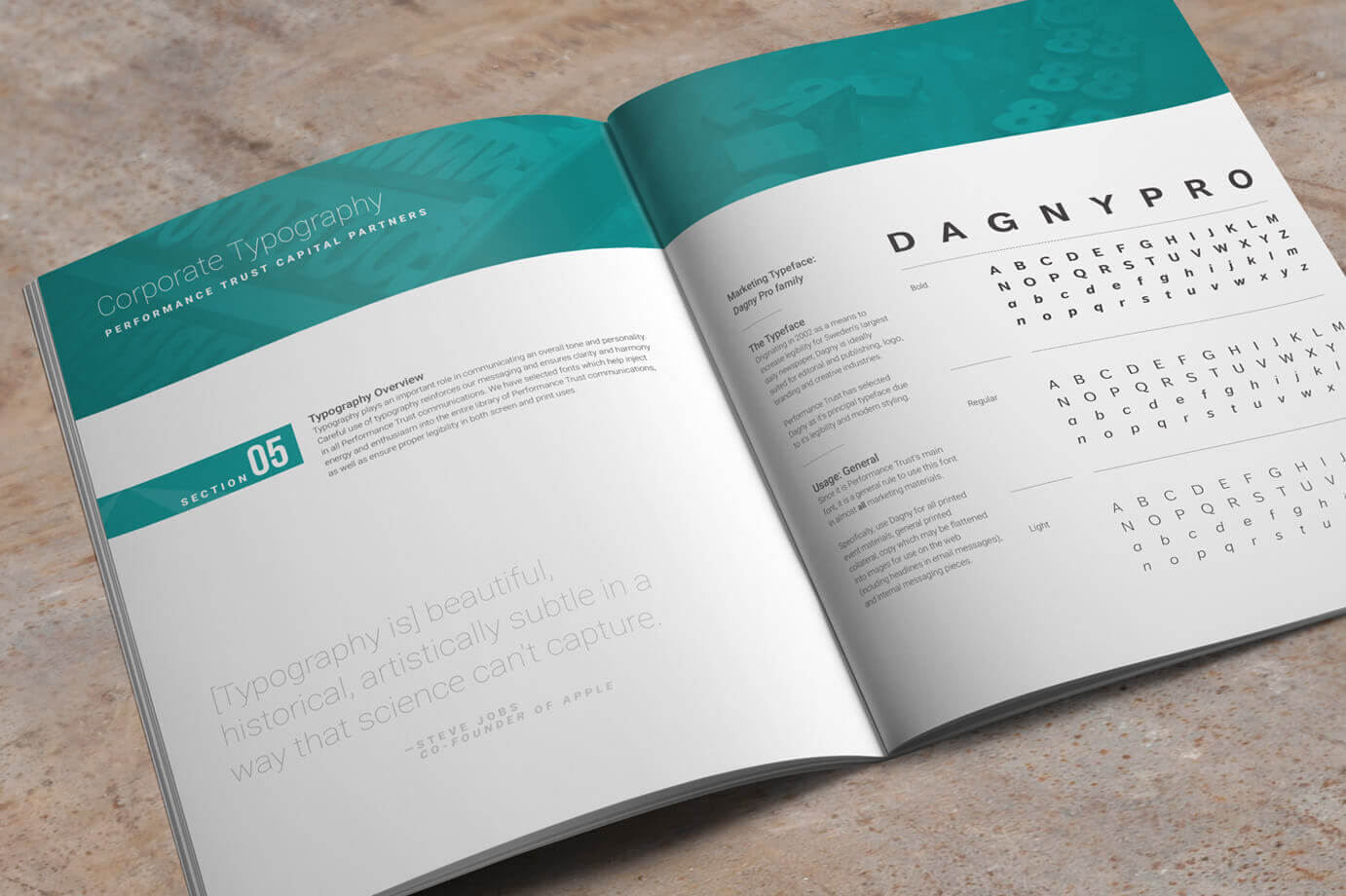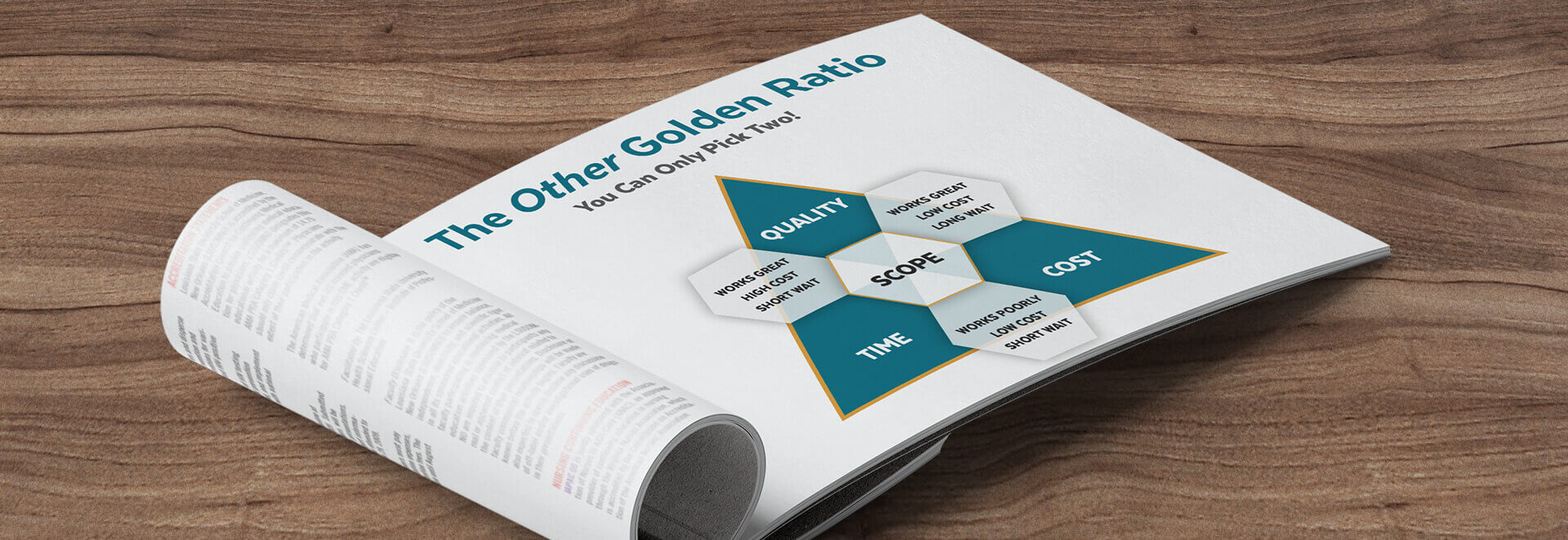Prioritizing the Customer to Create Products with Purpose is Only the Beginning…
↓
The details are not ‘the details’. The details make the product.—Eames
Every detail in the process needs to be clear to everyone, so I approach product management a little differently—focusing on key needs/phases/steps vs. following any specific framework. I look at it this way: If designers and developers are the instruments, product managers are the conductors. Everyone needs to be in constant lock-step with each other and ready to adjust the flow if/when it’s necessary.

Clear Roadmaps Backed by “Design Thinking”
No, “Design Thinking” is not dead. When desirability, viability, and feasibility are prioritized at the product research level, we eliminate possible headaches down the line. By making sure concepts are fully vetted before they “hit the road,” we ensure revolutionary products hit the market—not just incremental improvements to an MVP.

Early Design Involvement
Any design solution should reflect the problem’s core need(s). I bring design teams into the process very early on in order to create custom strategies for UX, marketing, experience, UI—you name it—all to ensure every solution is the best it can be up-front, eliminating the need for last-minute changes.
Early Dev Involvement
Likewise, including engineering team leads early into the design process helps to clarify any gray areas or gaps that might not have been realized by the design team. This “pre-refinement” phase helps us nail down requirements well ahead of the development phase, and is particularly handy when dealing with short sprint timelines.

Consistent Communication
Project management is a big part of product management—but it’s not all of it (there is still confusion in the industry as far as how these two disciplines relate). Clear & consistent communication is arguably the most important aspect of project management, as you can’t effectively manage anything without it. Everyone involved has to be in lock-step at each phase of the life cycle because as we all know, when a single step is missed, the entire system can come crumbling down.
Without communication, any relationship will fail.

Expectation Management
Sometimes ya’ have to say, no. It’s a real bummer, but we can’t please all of the people, all of the time.
All the previous steps I follow contribute to this final, crucial step. We need to know what we want, we need to know the investment, and we need to talk about it honestly and openly. Because sometimes, we just can’t have that perfect feature without sacrificing something along the way.
Why is a Product Leader so Concerned with Design?
After all of this time and all of my professional changes, the answer really is simple: because I freakin’ love it! The design process is fun and challenging and frustrating and fun and exhausting and strategic and rewarding and fun…so I just cannot see myself ever walking away from that.
I think those are all the same reasons people play video games, which is funny because I am terrible at video games.
Looking for a traditional work history? No problem.
Product Management FAQs
What is product management?
Product management is overseeing a product’s lifecycle—from idea to launch to continuous improvement cycles. It involves market research, strategy, development, and collaboration with business stakeholders & technical teams to meet customer needs and business goals.
How does product management contribute to business success?
Product management contributes to business success by ensuring that products align with market needs, are delivered on time, and provide value to both customers and the business, ultimately driving profitability.
What are the key stages in the product management process?
The key stages in the product management process include ideation, market research, product development, launch, and post-launch optimization, with continuous feedback loops at each stage.
What are the main responsibilities of a product manager?
A product manager oversees the product lifecycle, from concept to launch, including market research, strategy development, roadmap planning, and cross-functional team coordination.
Check out my product management values
What does a Director of Product Management do?
A Director of Product Management leads product strategy and vision, while overseeing the development & launch of products to meet business objectives. They manage cross-functional teams, prioritize product roadmaps, and analyze data to ensure alignment of products with customer needs & market trends.
Check out my views on product management leadership